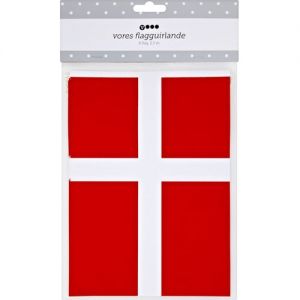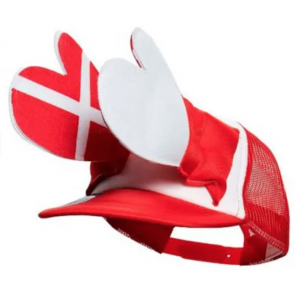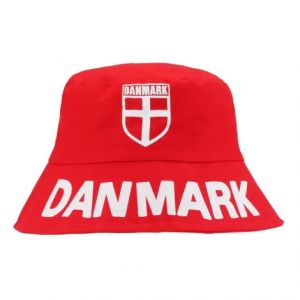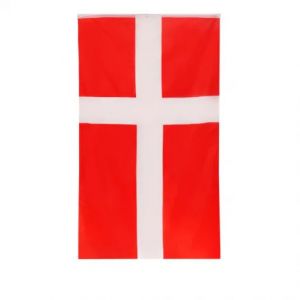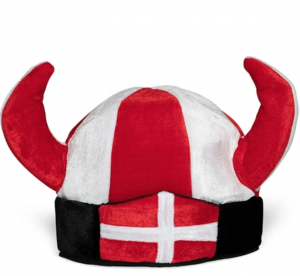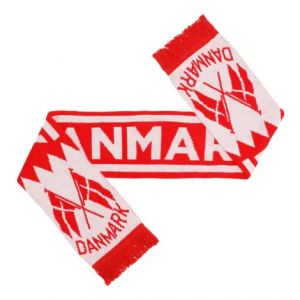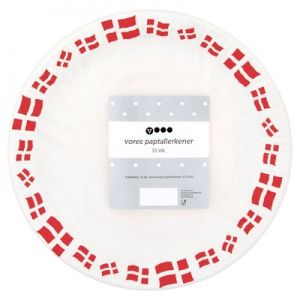Roligans
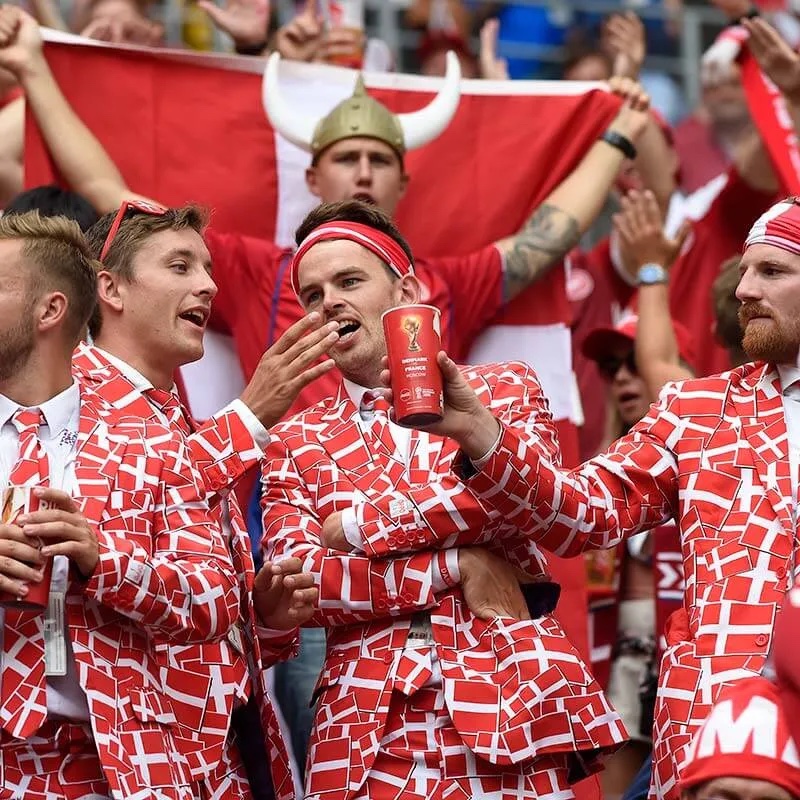
Embracing the Passion: Unraveling the Rooligan Culture in Danish Football
Welcome to the captivating world of Danish football and the unique culture of Rooliganism! For Danish expats and enthusiasts of Danish culture, this blog post will delve into the fascinating history, essence, and significance of Rooliganism in Danish football. So grab your favorite Danish snacks and settle in for an exciting journey into the heart of Danish football fandom.
What is Rooliganism?
Rooliganism is a term coined by the editors at BT, Denmark's renowned newspaper, after Denmark's World Cup qualification match against the Soviet Union in 1985, which ended with a resounding 4-2 victory. The term was subsequently included in the Danish dictionary, solidifying its place in the lexicon of Danish football culture. Derived from the Danish word "rolig," meaning chill or calm, Rooligans are fervent fans who wholeheartedly embrace the spirit of the game. They fill the stadiums with chants, red & white banners, danish flags and an infectious energy, creating an electric atmosphere that fuels their teams and captivates spectators.
The Origin and Evolution:
The Roligan movement was officially founded by Eigil Johansen from Nyborg in 1986, creating a platform for like-minded fans to come together and support their beloved teams. Originally, it started as a group of people gathering at a local pub near the park, where they received their tickets for matches. However, after Eigil's passing, the association was put on hold. In 1991, a dedicated group of fans gathered in Nyborg to revive the Rooligan movement. Following a founding general meeting, De Danske Roligans became an association, breathing new life into the Rooligan culture.
The Rooligan Culture:
At the heart of Rooliganism lies a sense of belonging and community. Rooligans view themselves as a united force, supporting their beloved teams through thick and thin. The sense of camaraderie extends beyond the stadiums, with Rooligans often organizing social events, fan gatherings, and charity initiatives, further strengthening the bond between fans and their teams.
Moreover, Rooliganism has become a platform for creative expression. Supporters design elaborate choreographies, using coordinated displays of flags and banners to showcase their loyalty and passion. This visual spectacle enhances the overall matchday experience, creating an atmosphere that is both awe-inspiring and unforgettable.
The Importance and Uniqueness:
Rooliganism plays a pivotal role in Danish football, shaping the identity of clubs and enhancing the overall fan experience. It adds an element of excitement and passion to every match, fueling the players with unwavering support and inspiring moments of triumph.
What sets Rooliganism apart is its inclusive nature. It is not limited to a specific age group, gender, or background. Supporters from all walks of life come together under the Rooligan banner, uniting in their love for the game and their respective teams. This inclusive spirit fosters an environment where everyone feels welcome and part of a larger footballing family.
Furthermore, Danish football culture reflects a unique tradition of respect and sportsmanship. In the national Stadium "Parken" where the Danish national team plays its home games for the European Championships and World Cups, there is an unwritten rule that asks Danish spectators to remain calm during the opposing team's national anthem. This practice is a gesture of respect towards the opponent, showcasing the values of fair play and goodwill that underpin Danish football culture.
Rooliganism represents the vibrant and passionate soul of Danish football culture. It has evolved from its origins in the 1980s to become a symbol of unity, creativity, and unwavering support. Whether you're a Danish expat craving
*Picture from www.roligan.dk



